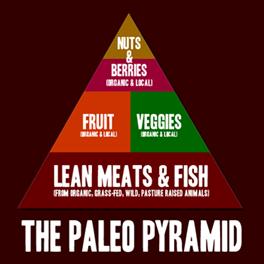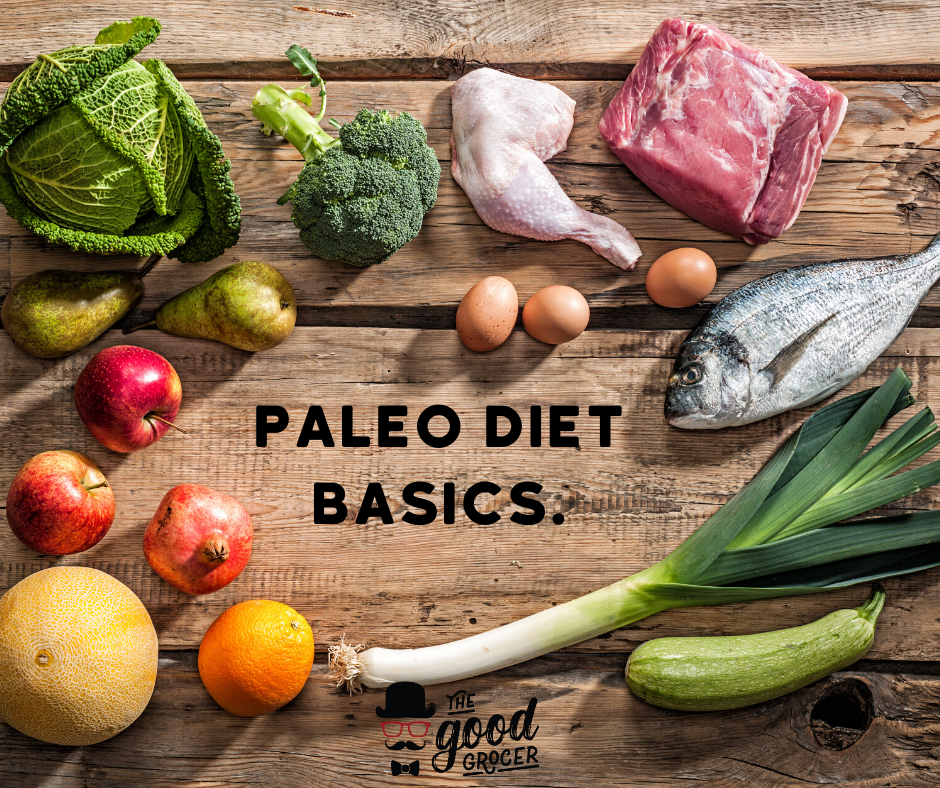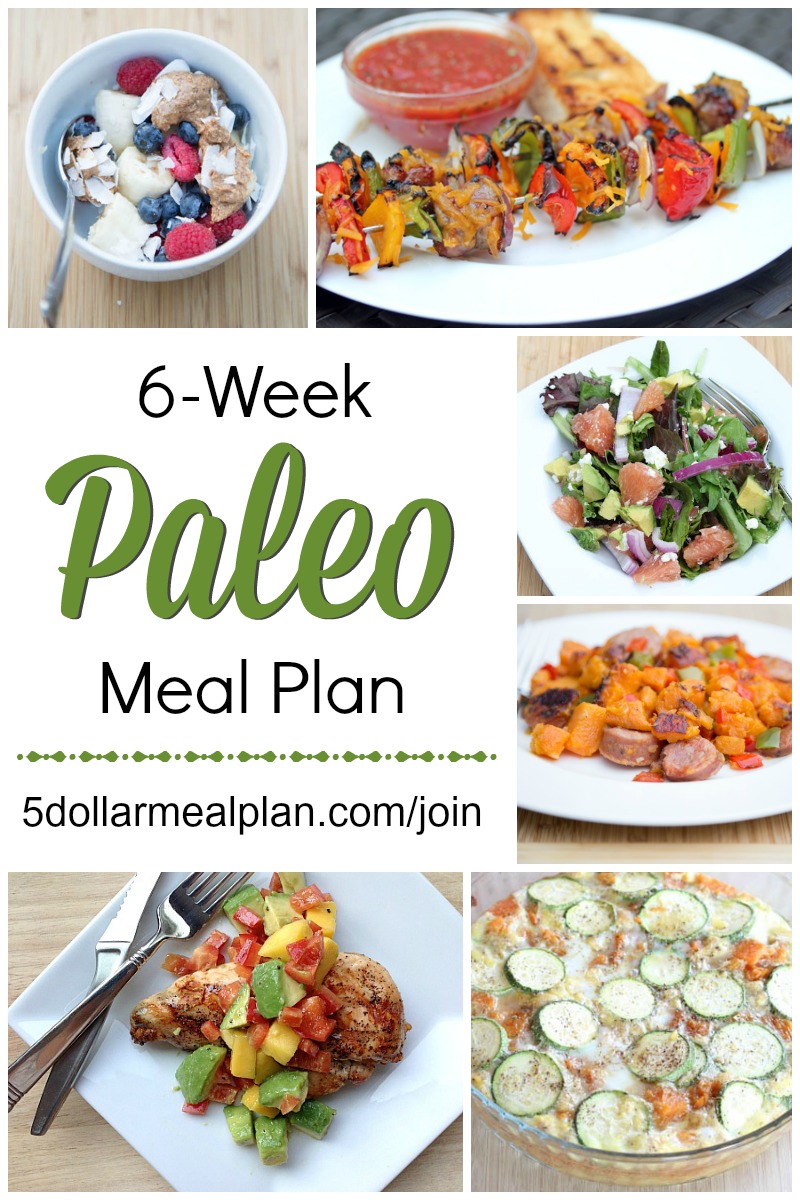
This article will discuss the top diets for heart health. A diet rich in nutrients is the best for heart health. These diets can help reduce your risk of heart disease, chronic inflammation, and improve your weight management. Let's take a closer look at each of these diets to help you choose the best one for your specific needs. They have many benefits for your health, but also drawbacks.
Mediterranean diet
Many experts differ on the best diet. One group of experts is called the nutritional community. They disagree because different people require different types nutrients to stay healthy. Most experts agree that the Mediterranean lifestyle is the best. It has fewer calories and less fat than other diets. It also has a lower intake of sodium and processed foods. You should be aware that some foods can't be eaten with this diet.
Olive oil is one of the most important components of the Mediterranean diet. Olive oil has many health benefits. To preserve the olive oil's health benefits, it should not be heated too much. This oil should be eaten raw or lightly roasted and not cooked. At least 3 tablespoons of nuts and seed per day is recommended. These foods are packed with antioxidants as well as phytochemicals. The Mediterranean diet encourages eating moderate amounts of meat in addition to fruits and vegetables.
Mayo Clinic diet
The Mayo Clinic diet is two-phased and emphasizes healthy eating, exercise, and good nutrition. The first phase called Lose It! is designed to shed 1-2 pounds per weeks and promote healthy habits and lifestyle modifications for life. Participants will learn how to maintain and even increase their weight loss through the second phase, Live It! The diet offers an online platform as well as a mobile app. It also includes electronic tools that can be used to plan meals and track habits.

Although the Mayo Clinic Diet does have many benefits, it cannot guarantee weight loss. Even though the diet emphasizes the food pyramid, it is still difficult to follow and requires a change of mentality. It also requires careful planning, as dieters should be motivated to stick with the plan and achieve their goals. The Mayo Clinic diet emphasizes eating healthy foods and avoiding processed foods.
DASH diet
A DASH diet is a healthy, low-sodium diet. High-sodium foods, even if they aren't a problem for your heart, can cause problems. Avoid sugary products, including pastries, bread, and packaged potato snacks. Also, avoid white bread, pasta, and enriched grain products like pasta. Convenience shops and frozen meals may sell high-sodium foods. Additionally, alcohol can increase blood pressure.
Foods on the DASH diet are high in natural fiber and nutrients. They are more nutritious than processed foods. DASH diet emphasizes low fat dairy products such low-fat cheese, skim and yogurt. It also suggests sticking to lean cuts and occasional red meat. Additionally, it is recommended that you avoid fat-free cheese and margarine. You also need to limit your consumption of high-calorie drinks as well as foods and drinks with added sugars.
5:2 diet
The 5/2 diet limits calories to two days per week and allows for five meals and snacks. Although it is a more healthy way to lose weight, it can be very unsatisfying. It may not be appropriate for people who are very active. It can be helpful in losing weight. But, different diets work best for different people. Consequently, the 5:2 diet is not recommended for everyone.
The 5/2 diet emphasizes whole foods, complex carbohydrates, as well healthy fats. The University of Illinois at Chicago conducted a study that found dieters who followed the 4:3 protocol lost on average five kilograms. However, they did not lose any muscle mass. The triglyceride levels and leptin levels decreased by 20 percent, and 40 percent, respectively, which are two indicators of inflammation. However, those with eating disorders or migraines will not find the 5:2 diet suitable.
Carnivore diet

One of the best carnivore diets is one that is based entirely on meat and other animal products. This diet has many benefits, including the ability to lower cholesterol levels and encourage autophagy (the natural process of cell repair. A carnivore diet may increase your risk for non-alcoholicfatty liver disease (NAFLD). This disease is caused due to the buildup in saturated fat in the liver. It isn't usually reversed by dietary changes. The condition is also associated with inflammation of the liver, which may increase your risk of liver cancer.
Another benefit of a carnivore diet is that it is easy to follow. The majority of calories should be from fatty cuts. These include NY strip, NY steak, flank, and tbone. This diet restricts carbohydrate intake and favors fat-rich proteins rather than carbohydrates. Consuming fish rich in fat is acceptable as well.
FAQ
What's the best way to keep leftovers safe?
Tupperware containers can be used to store leftovers. These containers keep food fresh and prevent odors forming. They also keep foods warm for longer. Remaining food can be frozen in freezer bag. Place food in another freezer bag to prevent air escape when freezing. Once the food is frozen place it in an airtight container, such as a zip lock bag.
What are the qualifications to be a chef?
A bachelor's degree in culinary art is necessary to become a professional chef. A number of ACF tests will be required. After completing these requirements, you will be awarded a certificate that confirms your qualifications.
How can I be hired as a chef?
You can get a job as a cook through word of mouth. A friend or family member might know of an open restaurant that is in desperate need of staff. Restaurants often post openings on websites and bulletin boards.
How do I learn about cooking and baking?
There are numerous cooking classes offered across the country. Many schools offer courses on baking, pastry, or wine tasting. If you're interested in learning more about baking, you can either enroll at a community college or vocational school. Or you can attend a private class.
Do I need to go to culinary school to be a chef?
No. Many chefs started their careers by learning on their own. Some went to culinary school simply to gain experience. However, most chefs prefer to attend culinary school because it gives them more opportunities to learn and grow professionally. Culinary schools give students hands-on experience, which allows them to develop valuable skills as well as improve their culinary knowledge.
How long does it take to learn to cook? How long do I need to learn to cook?
It depends on your level of skill. Some people learn basic cooking techniques in just a few days. Others might need months or even years to master basic cooking techniques.
The time it takes to learn how to cook will vary depending on who you are. For example, someone who has never cooked before would probably need more time than someone who cooks regularly. You may also need more experience with certain types of cooking than others. Baking, for instance, requires more skill than frying.
Focusing on a particular technique is the best way to speed up your cooking skills. Once you are proficient in that technique, you can move onto the next one. You don't need to worry about how many days or weeks it took to learn how to cook. You can just keep at it and enjoy the process.
Statistics
- The median pay for a chef or head cook is $53,380 per year or $25.66/hour, according to the U.S. Bureau of Labor Statistics (BLS). (learnhowtobecome.org)
- under 10 Kids have been taught that there is special food just for them, and Fiese says that 10 percent of kids will throw a tantrum if they don't get the food they want. (washingtonpost.com)
- On average, chefs earn $58,740 a year, according to the BLS. - learnhowtobecome.org
External Links
How To
How to make the perfect omelet
Omelets are a favorite breakfast food of mine. But how do they turn out so perfectly? I've tried many recipes and different methods but none have worked. So I am sharing some tips and tricks today to help you make fluffy, delicious omelets every morning.
Before we start making omelets, let's remember that eggs are temperamental. They must be fresh, preferably from the organic market, and be kept cold until cooking. If they are not kept cold enough, the whites won’t form properly. The yolks will also break down too quickly and become runny. This can make your omelets look bizarrely colored. If you want to make omelets right away, it's best not to use eggs that are too cold.
You might also try separating the egg before adding to the pan. You don't want any white to get mixed up with the yolk because this could cause the omelet to curdle.
You might burn the bottom of the egg if you place the egg directly on the stovetop. This could ruin the texture of your omelet. Instead, put the egg in the microwave for 10 seconds before putting it into the pan. The microwave heat will cook the egg just right without making it too hot.
Let's now talk about mixing eggs. Mixing eggs together is important. You need to beat them well. To do this, grab the bowl of the mixer and turn it upside down. Next, shake the bowl vigorously. This way, the air inside the bowl gets whipped around and mixes the egg thoroughly.
Now comes the fun part - pouring the milk into the mixture. The first step is to pour half of the milk in the beaten eggs. Next, fold the eggs into the remaining milk. If you still see streaks of eggs, don't worry. These streaks will disappear once the omelet has been turned over.
After you have folded the eggs, heat the oil in a pan over medium heat. Once the oil has started to sizzle, turn the heat down to low. Once the oil has gotten hot, add 1/4 cup of butter and swirl it around so that the entire pan is coated. Open the lid and sprinkle salt on the pan. A pinch of salt will help prevent the omelet from sticking to the pan.
Once the omelet forms, cover the pan again. Let the top side set completely. Use a spatula to flip the omelet or turn the pan upside-down. Cook the opposite side for another minute. Serve immediately after removing the omelet from its pan.
This recipe is best made with whole milk. However, it can also be used with skimmed milk.